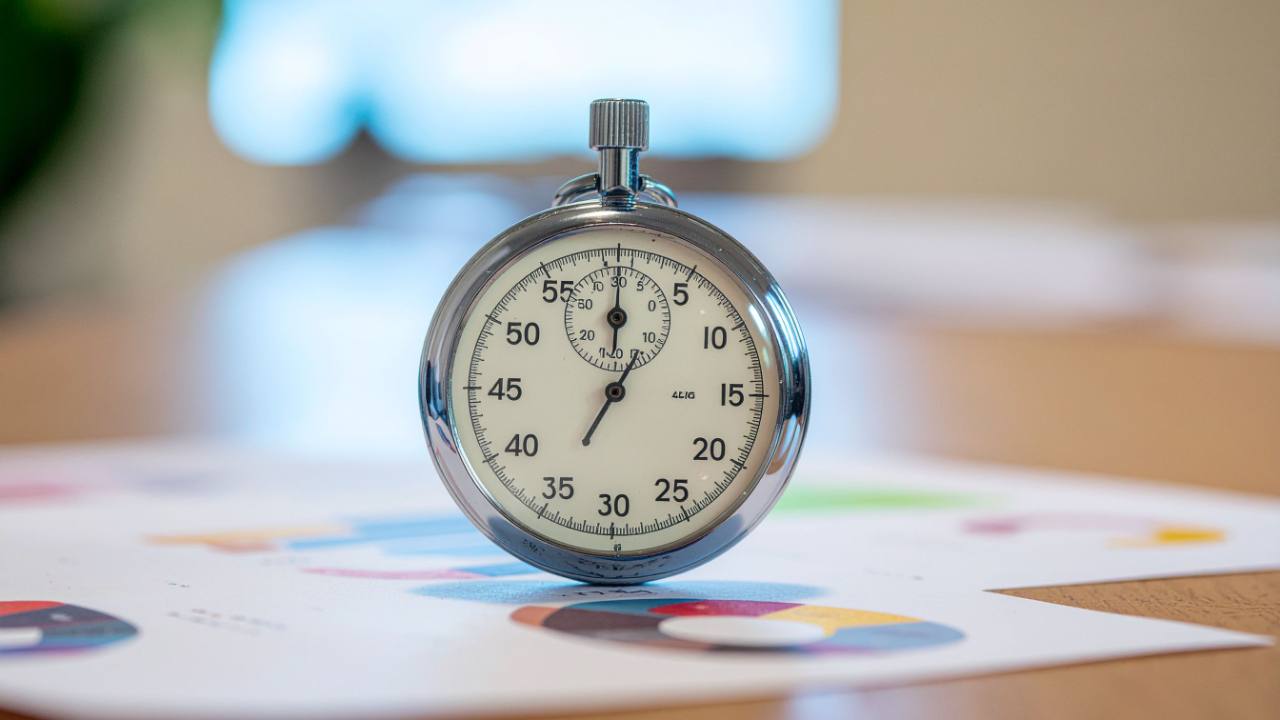Decision-Fatigue Fix
Introduction
Welcome back to the weekly newsletter.
This week is very tactical. Too many tiny choices drain us before the real work begins. This week we attack that drain. Let’s fix decision-fatigue and focus on how to autopilot low-value choices so your mind stays sharp for the big calls.
Weekly highlight: Automating low-value choices to free up brainpower.
Every choice costs mental fuel. Breakfast options, shirt colors, email replies. One by one, they decrease our focus. When the true test arrives, a strategy shift, a tough meeting, or a presentation, your energy is nearly empty. That is decision fatigue.
1. Why it matters
The brain uses the same mechanism for picking cereal as for picking investments. More decisions, more drain. By late in the day, you feel tired; errors and delays rise. The fix is not always more resilience. It is fewer low-stakes choices.
2. Spot low-value choices
Scan yesterday. Note every “What should I…?” that had little long-term effect: which mug, which route, which wording for a routine email. What should I eat for lunch or what to wear? These are prime for automation or default rules.
3. Build default rules
Decide once, act many times.
- Breakfast Rule. Same quick meal on weekdays.
- Workwear Rule. Pre-set outfit stack, grab, go.
- Email Rule. Template replies for common asks.
- Money Rule. Bills on auto-pay, savings automated the day income hits.
4. Batch and time-box
Some choices must stay, but they need a pen, not a brain. Batch them. Handle all calendar slots, grocery lists, or admin forms in one 30-minute block. Set the strict timer. When the bell rings, stop. It helps you limit the drain.
5. Use tiny menus
When a fresh choice pops up, shrink options fast. Pick three, not thirty. If all three work, flip a coin. Done is better than perfect. Set up the boundaries separating important decisions from day-to-day.
For example, when you buy a new car, you probably want to explore a lot of options and slowly narrow them down.
But when you decide to go for lunch, you want to set up the mechanism that limits your choices.
Many of us do it automatically for some of the choices. We’re creatures of habit. Yet, we do not always reflect on what further daily choices we can apply it to. They might not be as obvious at first, but the payoff can be significant.
6. Tech helpers
- Auto-reorder household staples via subscription.
- Use calendar links so others can pick meeting slots.
- Automate savings or investments (if you dollar-cost average only).
- “Focus” phone mode during peak thinking hours.
Tools are cheap. Your attention is not.
7. Protect high-value windows
Schedule deep work when energy peaks, often in the morning. Guard that block from all minor picks. The more unnecessary choices you can automate here, the better your focus.
8. Measure the gain
As always, reflect regularly on whether it works.
- Did I finish core tasks faster?
- Was my mind clearer by 3 p.m.?
If not, hunt the sneaky choices still sucking power and lock them down.
Decision fatigue fix is simple math: cut 50 small decisions a day, gain hours of sharp focus a week. Master the low level; focus on the high level.
Application Steps
- List 20 small daily choices: circle the ones with near-zero impact.
- Create three default rules: meals, outfits, email templates. Choose your three.
- Set auto-pay and auto-order: bills and essentials. One setup, forever ease.
- Batch admin work: One block, same time each week.
- Activate Phone Focus mode: Silence alerts for your two top thinking hours.
- Review Friday: Note a clearer mind? More big tasks done? Refine defaults.
Summary
Your brain is a battery. Stop wasting charge on crumbs. Automate the trivial, batch the rest, and keep full power for the choices that move life forward. Less deciding, more doing every single day.
Until next time,
Maciej







Responses